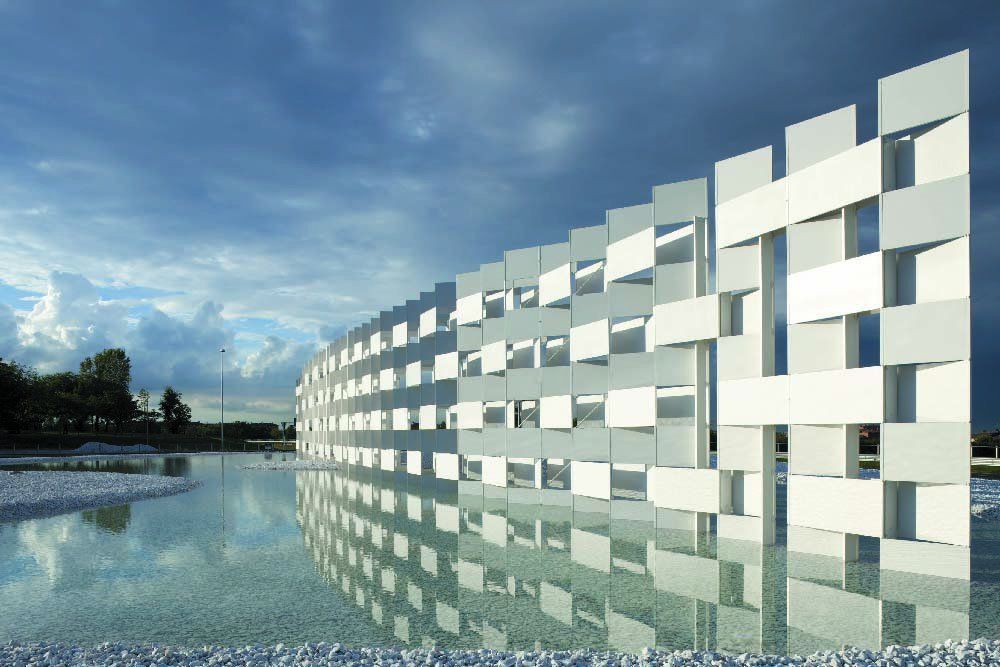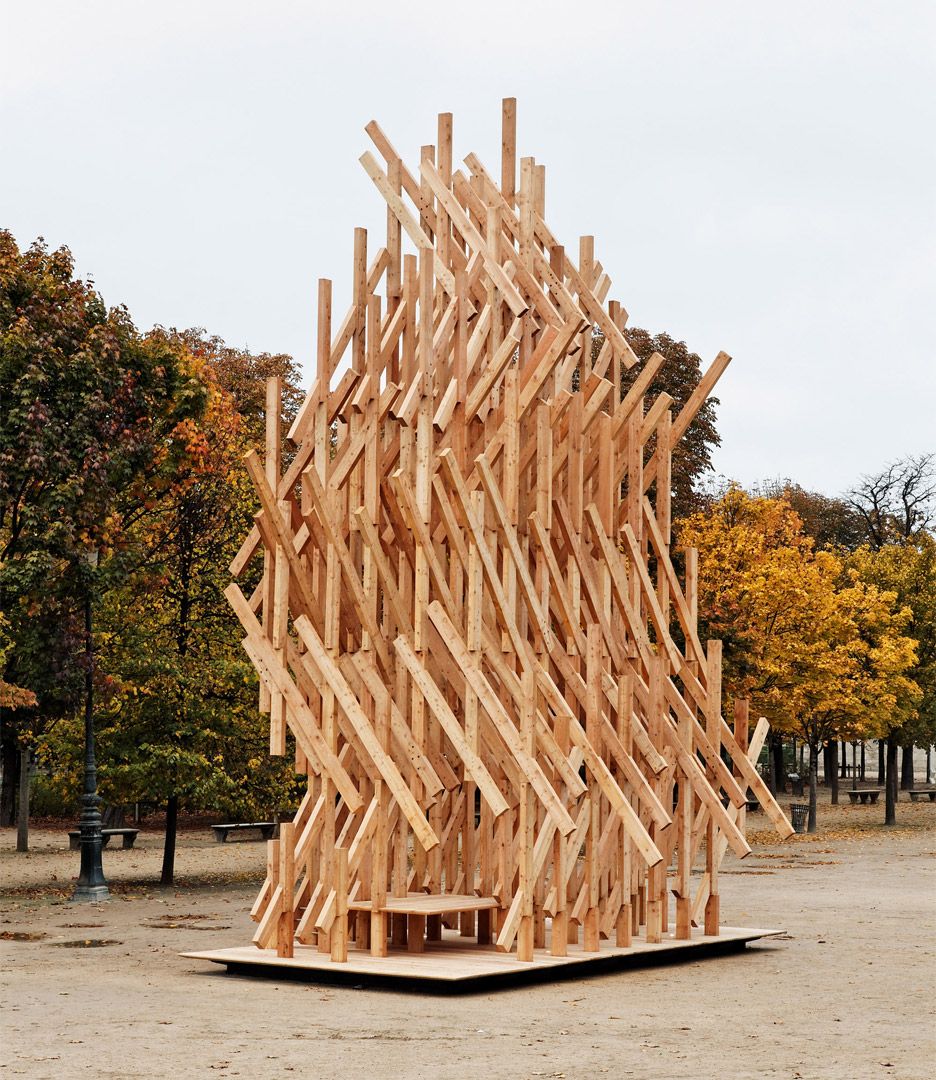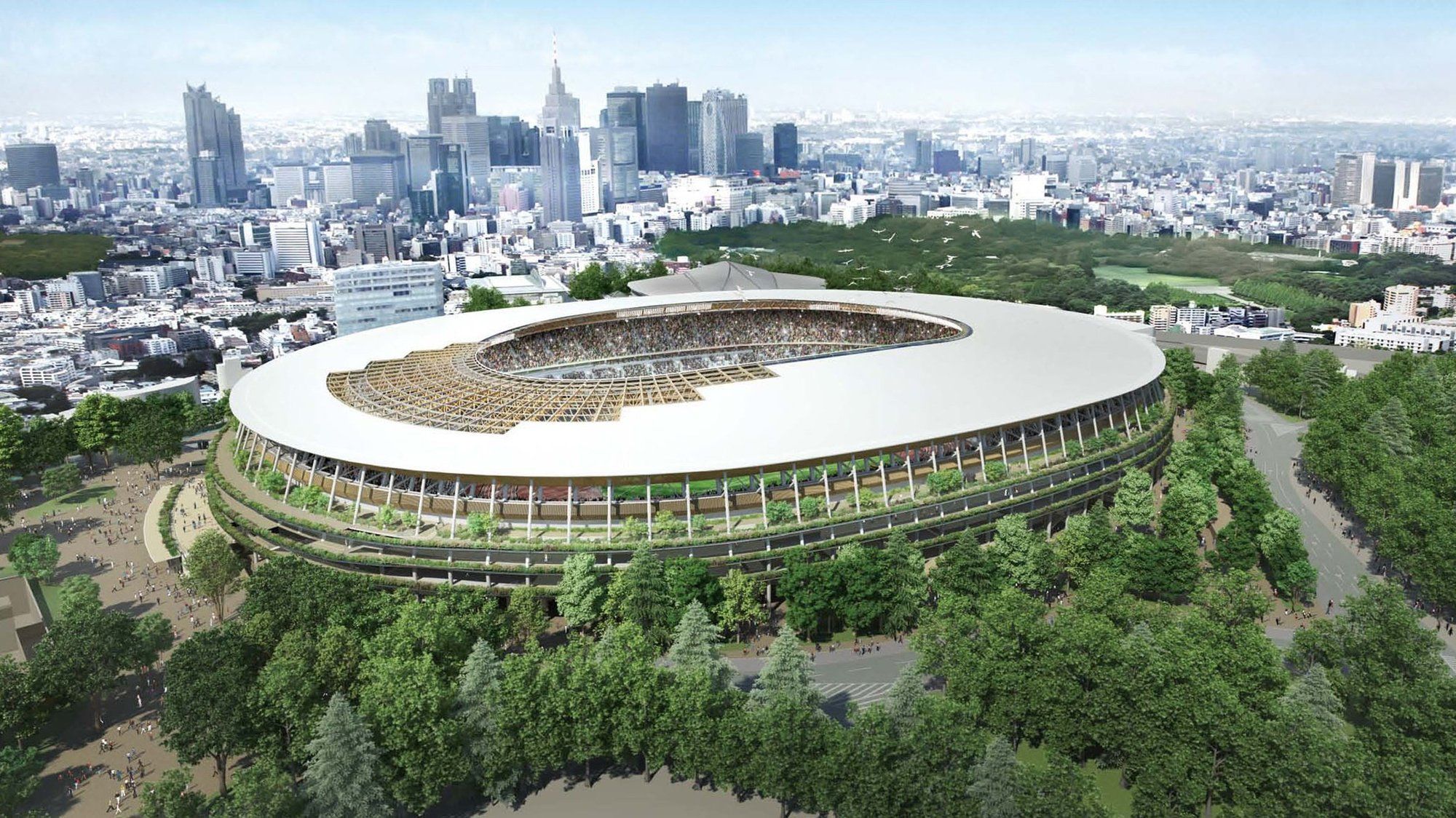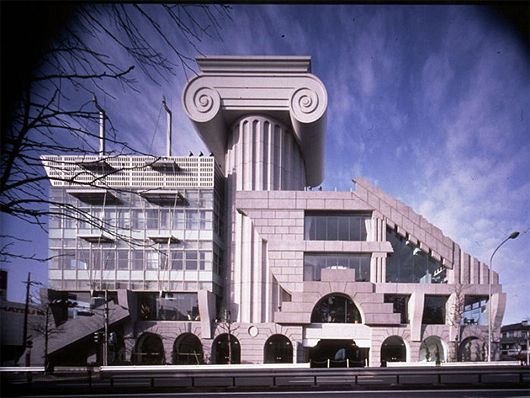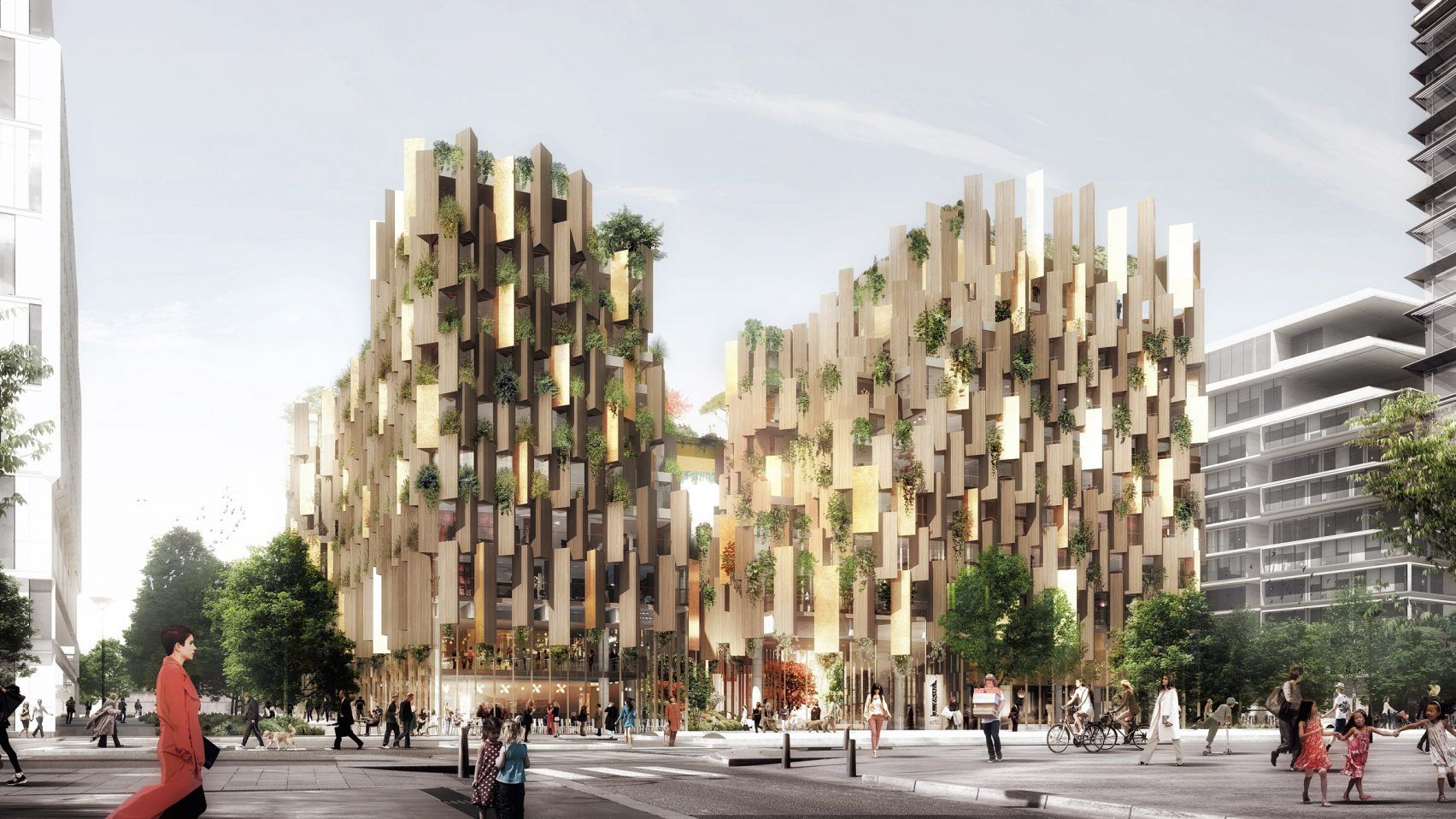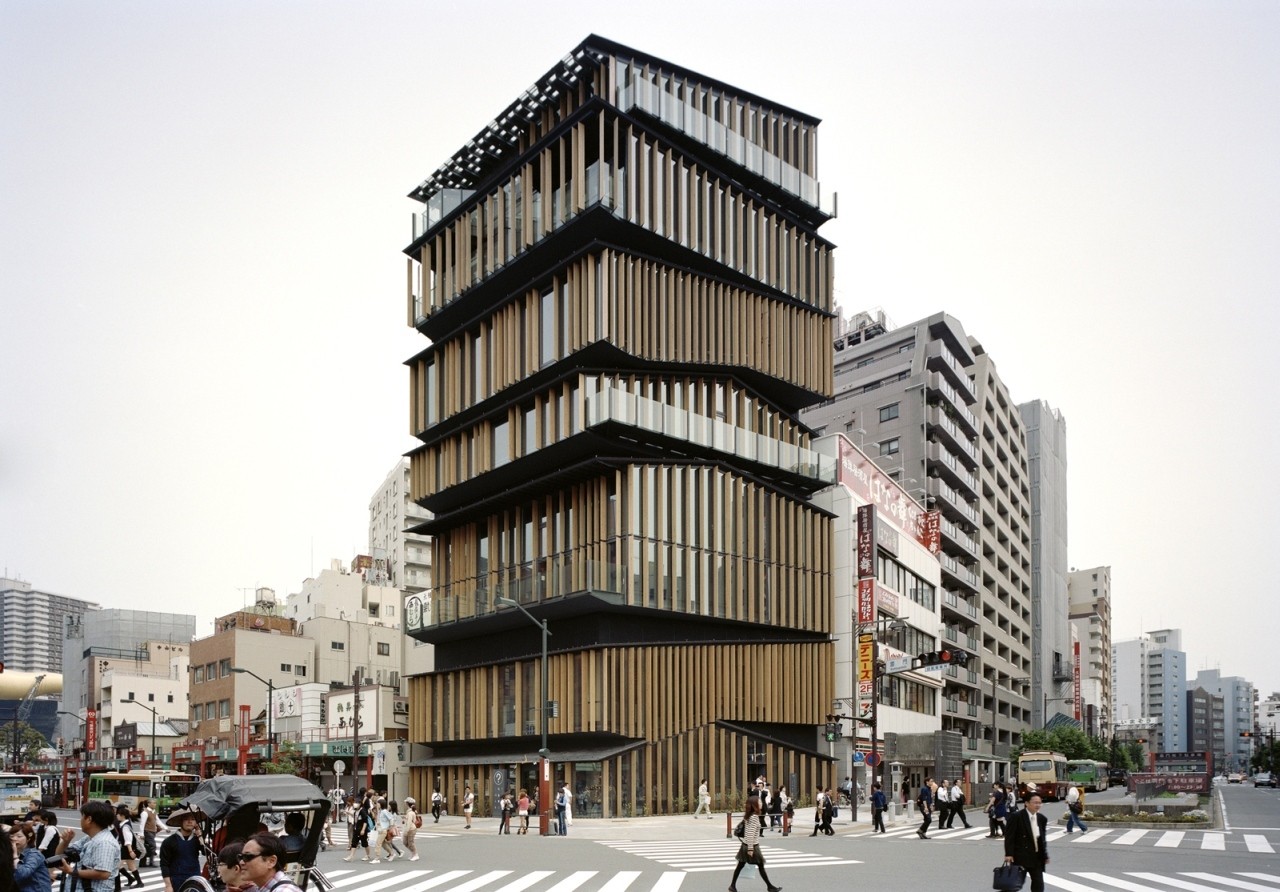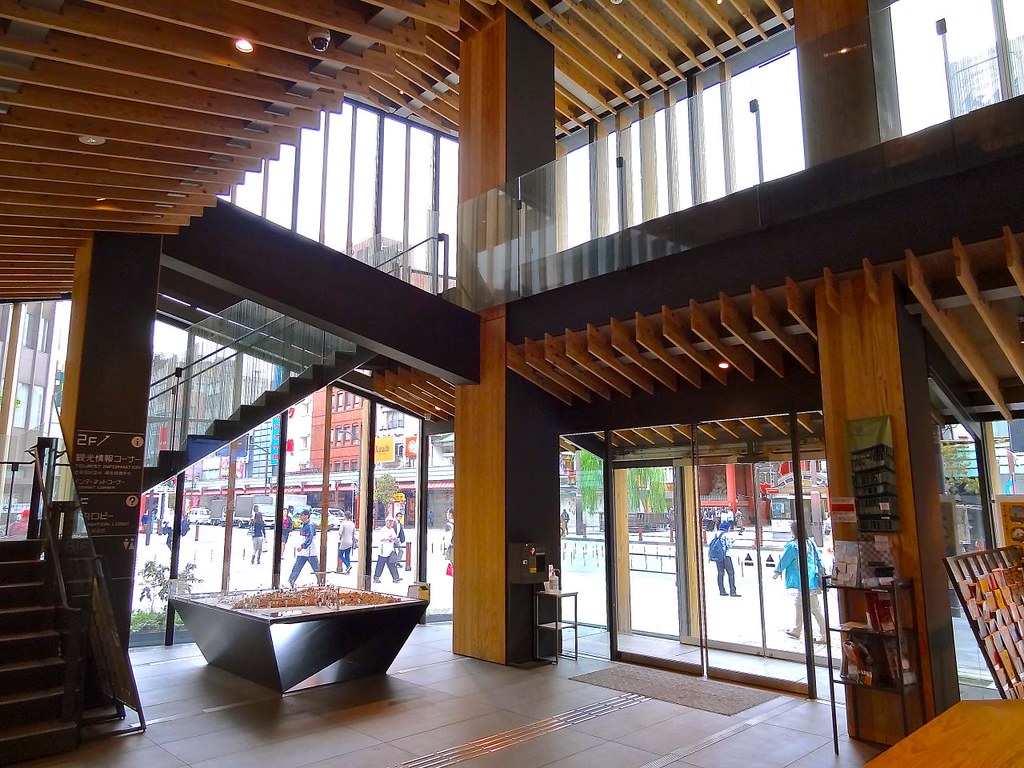With a vision of reviving Japanese traditions and reinterpreting them for the 21st century, Kengo Kuma is not the celebrity type of architect. Some of his most popular and controversial works include the Asakusa Culture and tourism center in Tokyo and the Nagasaki prefectural art museum.
“I want to find a balance expressing form and material. The form of the building should be as subtle as possible because then the material’s character can reveal itself. If the balance is there, it’s beautiful.” —Kengo Kuma
List of 5 Unusual Facts The Japanese architect about Kengo Kuma
1. Kengo Kuma considered Kenzo Tange his Godfather
Kuma’s father, also an architect, loved modern architecture and took him to buildings by Kisho Kurokawa, Kunio Maekawa, and others. However, Kuma was particularly impressed by Kenzo Tange and walked in his footsteps. Kuma saw something extra in Tange’s designs that didn’t exist in other modern designs. This was because Tange knew how to create Japanese symbols with the available technology.
Kuma was very impressed at how Tange combined Japanese tradition with contemporary vocabulary. He has even stated that Kenzo Tange and the buildings he designed are among the reasons why he became an architect in the first place. His deep influence by Tange is particularly obvious in his latest works.
2. He had a thing for wood
Kengo Kuma, among others, is one of the most successful architects working in Japan today. However, he is particularly well-known for his use of wood which he incorporated into multiple buildings. These include the Yusuhara wooden bridge museum, the Garden Terrace Nagasaki hotel in southwest Japan and the Yunfeng Spa Resort in China.
He is even using wood to construct the stadium for the 2020 Tokyo Olympics where he won the competition. Additionally, he used the wood sourced from Japanese cities that were destroyed by the 2011 tsunami. In fact, Kuma believes concrete and steel were the materials of the previous century. He has declared that the key material for the 21st century will be wood again.
For more information about the wooden Olympic stadium, check out this interview with Kuma.
3. He admits his mistakes
As mentioned before, Kengo Kuma is not your typically arrogant starchitect. His approach is different. In fact, he is not quite fond of his old experimental-style buildings, such as the M2 building in Tokyo which showcases an eclectic mix of styles. The eccentric post-modern building received a wave of negative publicity and criticism.
“My method is to avoid heroic gestures because you get to a point where the heroics kill the beauty of the material,” he openly states.
4. He is an advocate of Japanese traditions
After designing the “embarrassing” M2 building in Tokyo, Kuma studied at Columbia University in New York, where he developed new ideas. In fact, he realized that traditional Japanese wooden architecture is as great as Ancient Roman architecture. Accordingly, the result of his American experience was to go back to his Japanese roots. He even designed an Eco-luxury hotel featuring wood and greenery in Paris, France.
This is reflected in his more recent buildings. For instance, his design for Suteki house, in Portland, Oregon, is based on the principle of Shakkei, which is translated as “borrowed scenery”. It involves using natural landscape elements to complement the architecture. Although Shakkei dates back to the 17th century, some architects adopted the principle later on in the 1960s to create continuity between indoor and outdoor spaces.
5. Kuma is Obsessed with Nature
“My buildings are always part of the place, part of the location. I want to merge buildings into the environment as best I can. Harmony is always the goal of my practice,” says Kuma.
“I think my architecture is some kind of frame of nature. With it (architecture) we can experience nature more deeply and more intimately. Transparency is a characteristic of Japanese architecture, I try to use light and natural materials to get a new kind of transparency.”
Kuma designs buildings that, above all, emphasize natural light and natural materials. He strongly believes that they bring physical and non-physical comfort to their inhabitants. Undeniably, his signature is fusing nature with architecture so that they integrate together in harmony.
Kuma’s design approach is to improve and add up to the surroundings, rather than dominate them. This is particularly shown in the outstanding Asakusa Culture Tourist Information Center in Tokyo.
However, even in a simple house in New Canaan forests in Connecticut, he is consistent in his approach. Even on a residential scale, he makes spaces that are integrated with nature. The design employs a discrete wood-and-glass house that is visually linked to the surrounding landscapes of forests.


